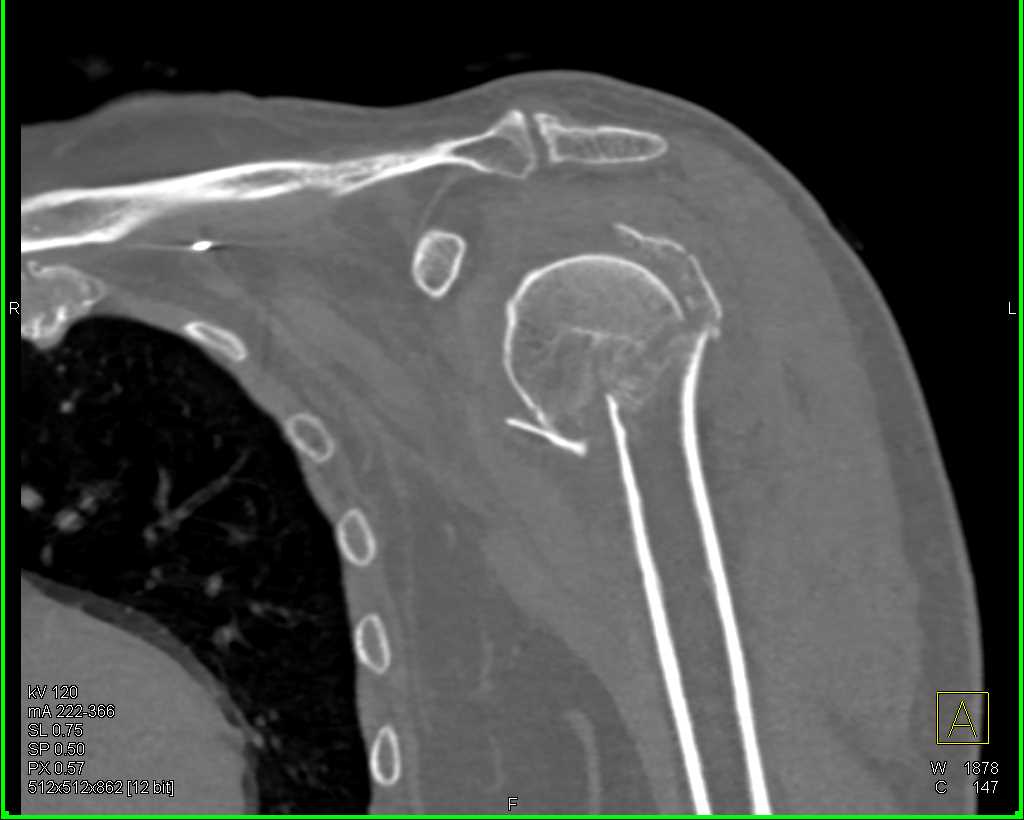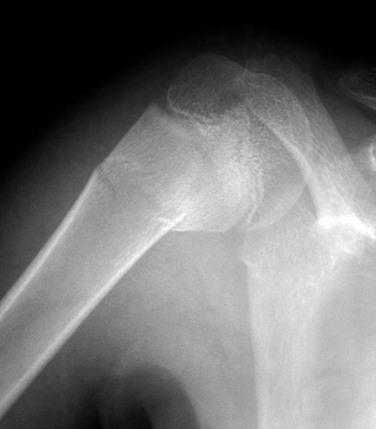

Wear wrist guards for high-risk activities, such as in-line skating, snowboarding, rugby and football.
#GREENSTICK FRACTURE HUMERUS INSTALL#
Install grab bars in your bathroom and handrails on your stairways, if necessary. Remove home hazards that can cause you to trip, such as area rugs. The more active and fit you are as you age, the less likely you are to fall and break a bone. Weight-bearing physical activity and exercises that improve balance and posture can strengthen bones and reduce the chance of a fracture. You can get vitamin D from fatty fish, such as salmon from fortified foods, such as milk and orange juice and from sun exposure.

Eat a healthy diet that includes calcium-rich foods, such as milk, yogurt and cheese, and vitamin D, which helps your body absorb calcium. Typically occurring 24 to 48 hours after the injury, compartment syndrome is a medical emergency that requires surgery.Īlthough it's impossible to prevent an accident, these tips might offer some protection against bone breakage. Excessive swelling of the injured arm can cut off the blood supply to part of the arm, causing pain and numbness. Seek immediate medical attention if you notice numbness or circulation problems. If the upper arm bone (humerus) fractures into two or more pieces, the jagged ends can injure nearby nerves and blood vessels. Prompt treatment of this type of fracture is critical. If a part of your broken bone protrudes through your skin, it can be exposed to germs that can cause infection. The immobilization required to heal a fracture in the upper arm bone can sometimes result in painfully limited range of motion of the elbow or shoulder. Fractures that extend into a joint can cause arthritis there years later. Because a child's arm bones are still growing, a fracture in the area where growth occurs near each end of a long bone (growth plate) can interfere with that bone's growth. The prognosis for most arm fractures is very good if treated early. This type of break is known as a pathological fracture. Bone abnormalitiesĬonditions that weaken bones, such as osteoporosis and bone tumors, increase your risk of a broken arm. Certain sportsĪny sport that involves physical contact or increases your risk of falling - including football, soccer, gymnastics, skiing and skateboarding - also increases the risk of a broken arm. In children, a broken arm might be the result of child abuse.Ĭertain medical conditions or physical activities can increase the risk of a broken arm. Any of your arm bones can break during a car accident, bike accident or other direct trauma. Direct blows and injuries on the field or court cause all types of arm fractures. Falling onto an outstretched hand or elbow is the most common cause of a broken arm. Delays in diagnosis and treatment of a broken arm, especially for children, who heal faster than adults do, can lead to poor healing. If you have enough pain in your arm that you can't use it normally, see a doctor right away. Inability to turn your arm from palm up to palm down or vice versa.Severe pain, which might increase with movement.SymptomsĪ snap or cracking sound might be your first indication you've broken an arm. The term "broken arm" may refer to a fracture in any of these bones. The fracture resembles the break that results when a supple green branch of a tree is bent and breaks incompletely.Your arm is made up of three bones: the upper arm bone (humerus) and two forearm bones (the ulna and the radius). incomplete fracture, with cortical breach of only one side of the bone.This fracture is very different, and much less common, than the torus fracture that results in buckling of the cortex on the concave side of the bend and an intact convex surface. an indirect trauma following a fall on an outstretched arm), or after a force applied perpendicular to the bone (e.g.

This can occur following an angulated longitudinal force applied down the bone (e.g. However, the bending force applied does not break the bone completely and the concave surface of the bent bone remains intact. The fact that the integrity of the cortex has been overcome results in fracture of the convex surface. Greenstick fractures occur when the force applied to a bone results in bending of the bone such that the structural integrity of the convex surface is overcome.


 0 kommentar(er)
0 kommentar(er)
